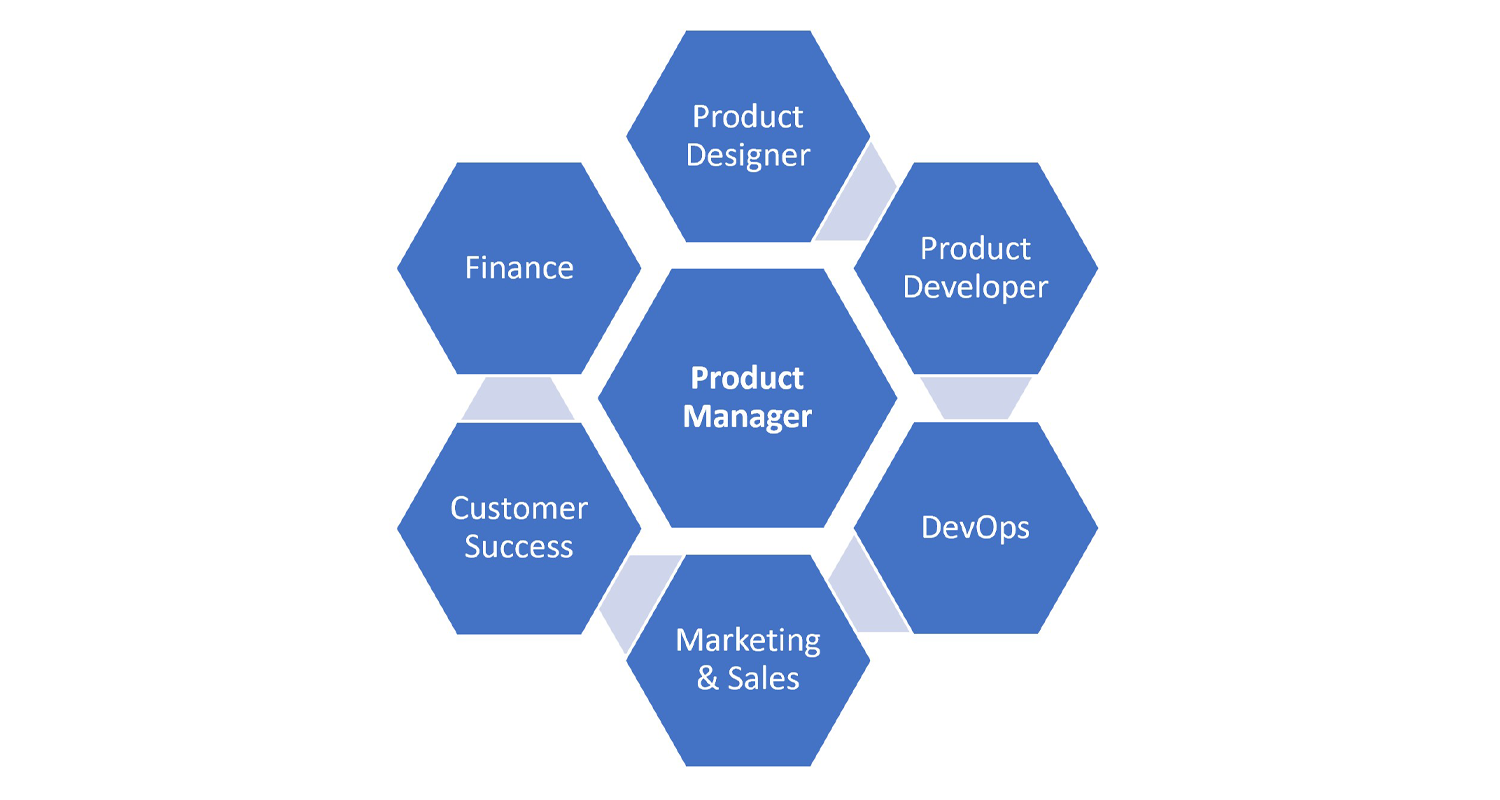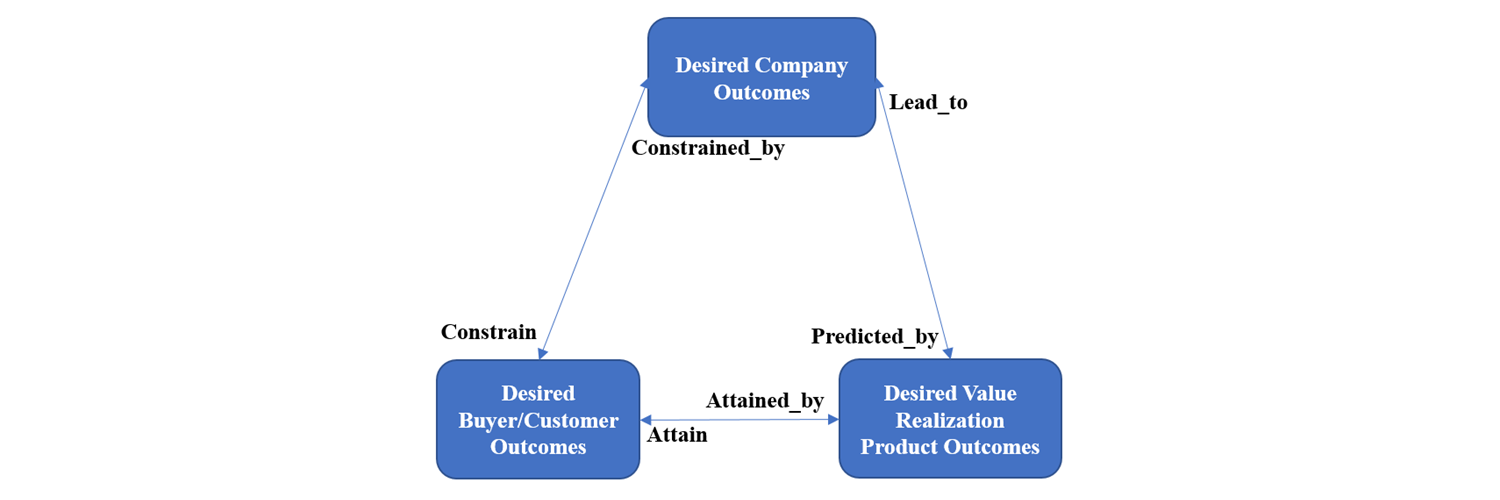These days, product teams are obsessed with customer-centric outcomes and outcome-driven product roadmaps. I align with that perspective. I have been spending a great deal of time working with B2B SaaS companies on customer discovery. I use the term customer to refer to both existing and prospective customers. As product management shifts from an output to an outcome-oriented discipline, customer discovery will continue to be an important topic. I have been researching SaaS tools that offer capabilities for exploring, supporting, and automating the customer discovery process. I found some standalone products that support a single discovery method. However, I was unable to find a SaaS product suite that addresses discovery from a holistic perspective.
In this context, customer discovery is the process by which research is done to explore, understand, and structure the key pain points and desired outcomes for your prospects and customers in your target markets. The intent is to understand the needs of each target market as a synthesis of the needs of its prospects and customers through a variety of discovery methods. In the end, it is critical for the product manager to focus on market-based opportunities and not customer one-off unique capabilities. The heroes of discovery are a deep understanding of the customer pain points and desired outcomes. Effective discovery leads to data-driven product planning that can drive prioritization based on the collective voice of the market. A data-driven market perspective will build confidence in the company’s understanding of the market.
The core objective of discovery is to accumulate a detailed understanding of the class of business problems from the perspective of the customer. Customer discovery answers the following questions:
- What are the key user, manager, and executive roles involved in the business process?
- What are the key pain points for people who occupy these roles?
- What outcomes do they desire?
- What are the relative priorities of these outcomes in terms of importance and current satisfaction with existing methods of accomplishing these outcomes?
- What product opportunities exist to address and deliver on these outcomes?
There are a number of customer discovery methods that have emerged in the product world. They include the work of Steve Blank on customer discovery, the Jobs To Be Done (JTBD) Framework, Amazon’s Working Backwards, various approaches to customer interviewing and focus groups, and surveys. The problem is, with the exception of surveys, I have not seen robust automated tools to support the various customer discovery methods. Furthermore, I am not aware of customer discovery platforms that integrate the data gathered from the various customer discovery methods for the purposes of aggregate analysis and insights.
Key questions to be examined regarding a customer discovery platform include:
- What is the nature of the workflow required for end-to-end customer discovery?
- How does problem clarity and risk influence the customer discovery process?
- What aspects of customer discovery can (and cannot) be automated?
- What are the leading customer discovery methods and tools, and how might they be integrated into a customer discovery repository?
- What role could AI/ML play in identifying patterns better than humans?
- What decisions would you always want to leave in the hands of humans, and how can you support that through technology?
I see the customer discovery platform category as a white space of product opportunity. I would like to know how CPOs and product managers are addressing the need for automated customer discovery support tools and a customer discovery platform.





